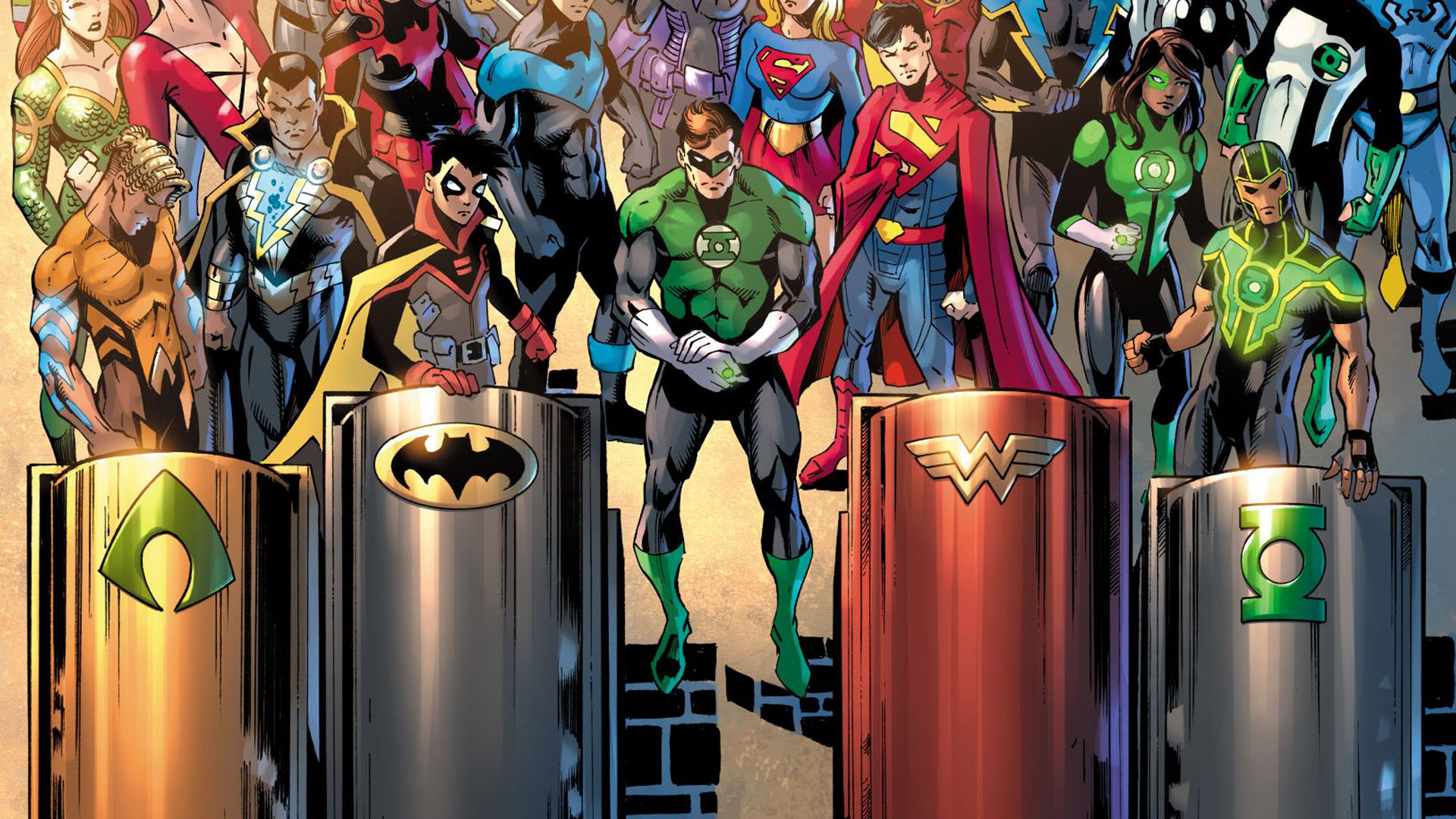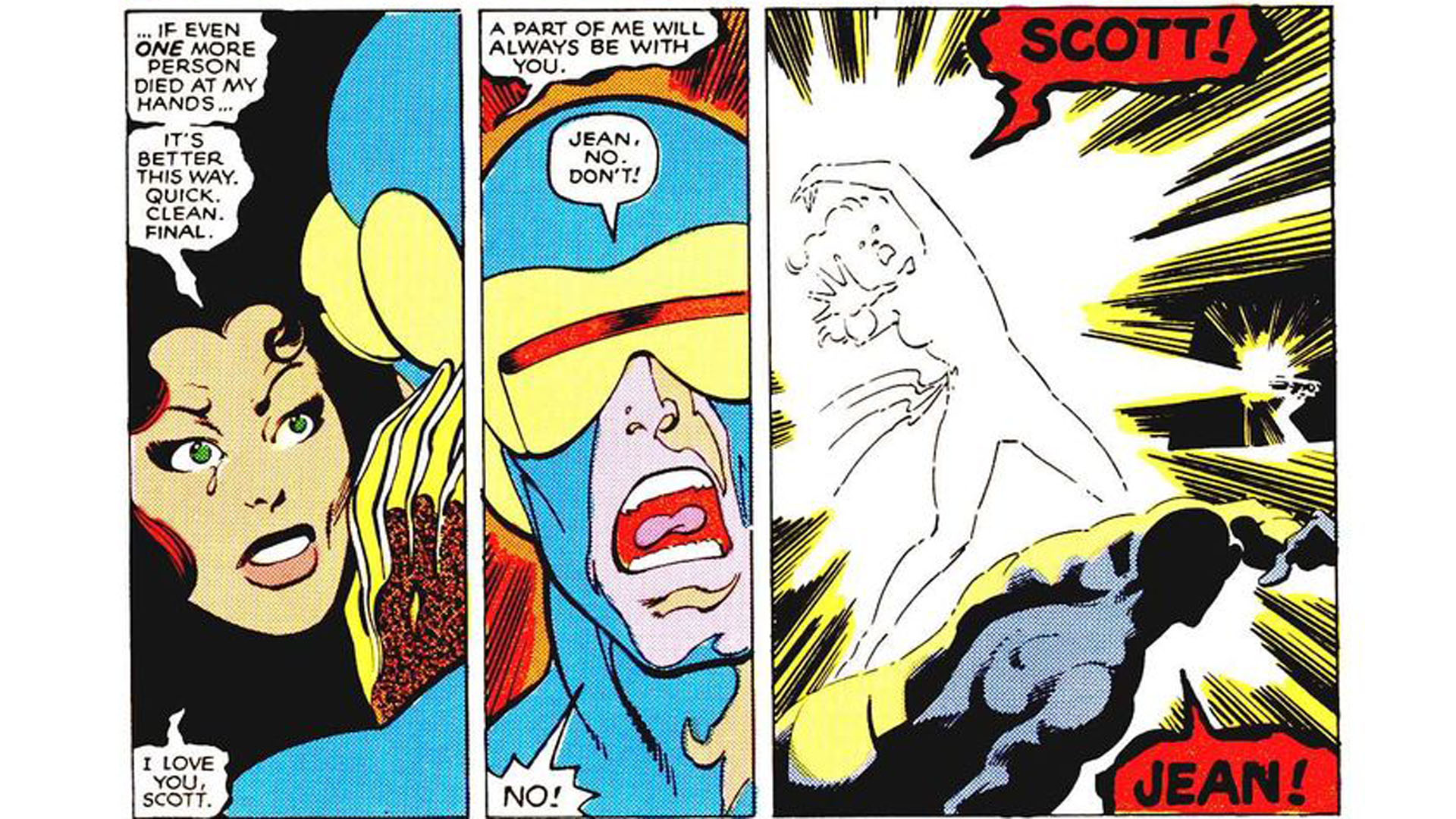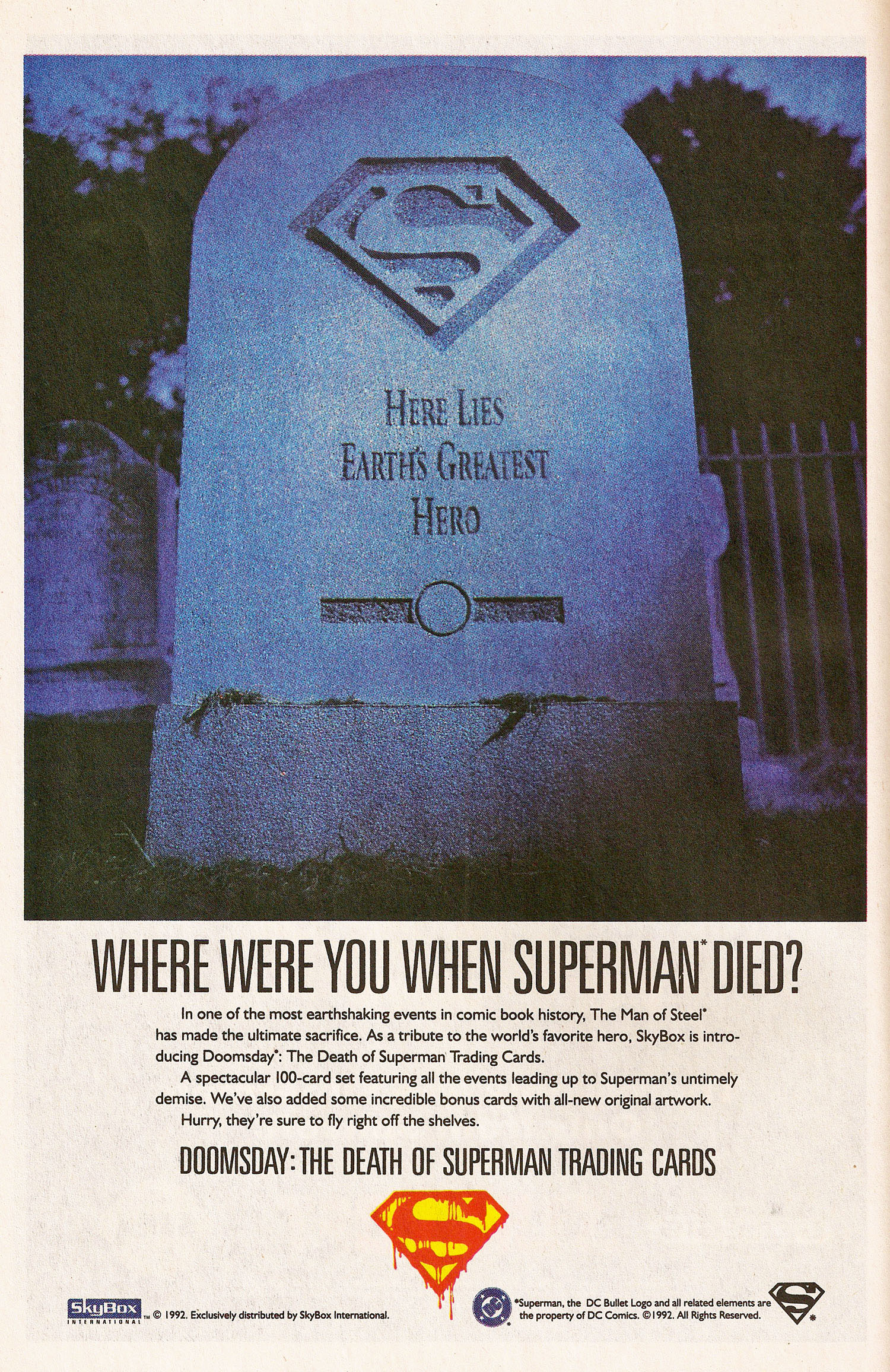Death in superhero comics is meaningless - it's about the stories that surround it
Getting past the cynical nature of death in comics to rediscover how it can matter again

Death is the ultimate finale in superhero comics… but it is often also the implicit precursor (or promise, even) of an inevitable return. We sometimes trick ourselves to get lost in the moment (or lost in that cycle), but it's true.
As comics fans, we understand that any death in comic books isn't final. But in the same breath that some decry the over-use of death in comics, some readers are hoping for the miraculous return of other characters that previously had that grim fate.

The idea of superhero deaths not only as a good story but as the lynchpin of a significant and poignant crossover event isn't new.
After 'Death of the Phoenix' seemed to help X-Men become Marvel's most popular comic in 1980, they soon used the concept of a superhero kicking the bucket - with 'Death' in the title no less - as the centerpiece of their first-ever original graphic novel, The Death of Captain Marvel.
Over at DC, 1985's Crisis on Infinite Earths was known as much for its story as it was the memorable deaths of Supergirl and the Flash. This idea of death as the ultimate superhero story motif became codified with 1992's 'Death of Superman.'
But with the cyclical nature of superhero comics, these deaths were merely the beginning of complicated dance superhero creators do now that brings it full circle. Instead of the Lion King's Circle of Life, let's call this 'the circle of superhero life.'
The circle of superhero life

When a superhero must have a new story every month (two for characters like Batman and Superman) for years, decades, and nigh upon a century, the relatable things those heroes can go through that are impactful to us as readers is limited. And death is, well, something we all have to deal with in our lives - from seeing others die, to ultimately ourselves.
Get the best comic news, insights, opinions, analysis and more!
But superheroes, through their serial nature but also their sci-fi bent, have the ability to tell a rebirth story that is within the realm of comic book possibility just as easily as they can a story about someone shooting beams out of their eyeballs.
"Death in superhero comics is meaningless," Matt Fraction told Newsarama in 2011, hot on the heels of the Marvel event Fear Itself. "It's the escape. It's the resurrection. That's the story."
Almost every major superhero death is the set-up for this larger story - this Messianic path, this Norse idea of Ragnarok, this Tom Cruise movie called Edge of Tomorrow that was overshadowed by its more popular tagline 'Live. Die. Repeat.'
Remember, superheroes are fictional characters. As long as interest is there and the ownership is clear enough, they can be brought back with one simple story - or in some cases, even just a simple pin-up or text box.
"These aren't stories about death; it's about resurrection. These are stories about escape. And not just our escape — not just our kind of psychic vacations that we might take in the 5, to 15, to 20 minutes time that it might take to read these books — but the escape these characters make," Fraction said. "Killing the character is never the point. It's, 'How do they come back? How does that experience form them into an even greater, even stronger kind of hero?'."
And by going to this well numerous time, an implicit structure has become the norm on this path to (and through) the death of a superhero.
The stops along the circle of superhero life
Quantifying it, the stages of the circle of superhero life seem to be:
- The emergence of a new villain (or a re-powering of someone older)
- The battle between the hero and this new threat
- The tragic death
- The mourning by heroes and others of the death
- The dark triumph of the new villain
- The attempt for a new hero to step up to fill the shoes of the fallen
- The red herring of the fallen hero's return
- The replacement hero getting a chance to shine on their own
- The dead hero's triumphant return to the living
- The celebration of their return
For some that takes a few months, for others a few years, but in some cases it can be done as quickly as the next panel - as evidenced in Immortal Hulk and recent X-Men comics.
What makes some superhero deaths trivial and others timeless is the human element to the story. That's the magic trick.
People don't go to see a magician's act to see a person sawed in half get killed in the act; they come to see the person survive, and witness the 'magic' of overcoming certain death. It's the same way with fiction - we want to see the hero overcome overwhelming odds, be it as simple as taking down a villain, or as dramatic as escaping death itself.
Revisit with us the comic book character deaths that still matter.
Chris Arrant covered comic book news for Newsarama from 2003 to 2022 (and as editor/senior editor from 2015 to 2022) and has also written for USA Today, Life, Entertainment Weekly, Publisher's Weekly, Marvel Entertainment, TOKYOPOP, AdHouse Books, Cartoon Brew, Bleeding Cool, Comic Shop News, and CBR. He is the author of the book Modern: Masters Cliff Chiang, co-authored Art of Spider-Man Classic, and contributed to Dark Horse/Bedside Press' anthology Pros and (Comic) Cons. He has acted as a judge for the Will Eisner Comic Industry Awards, the Harvey Awards, and the Stan Lee Awards. Chris is a member of the American Library Association's Graphic Novel & Comics Round Table. (He/him)



